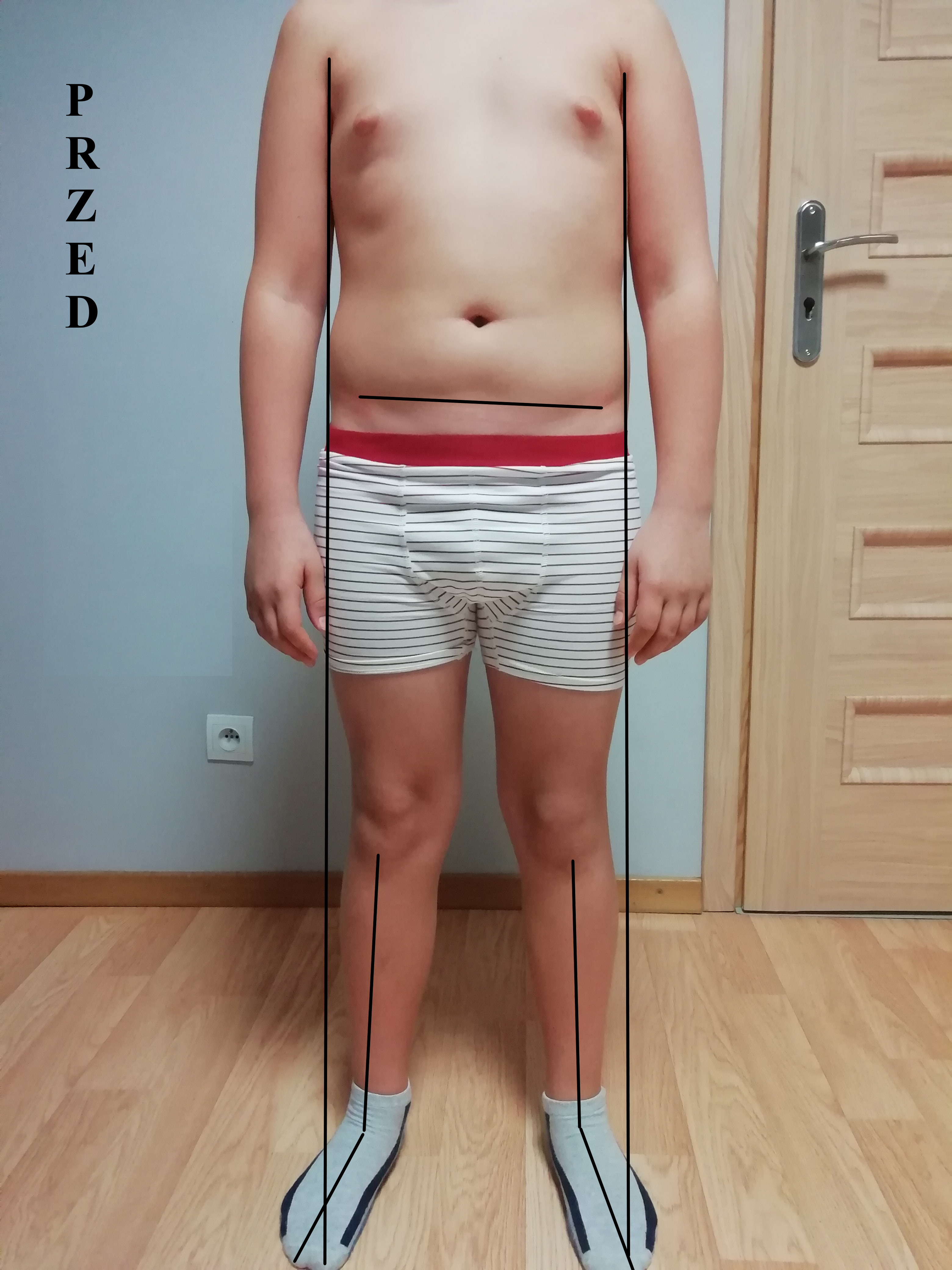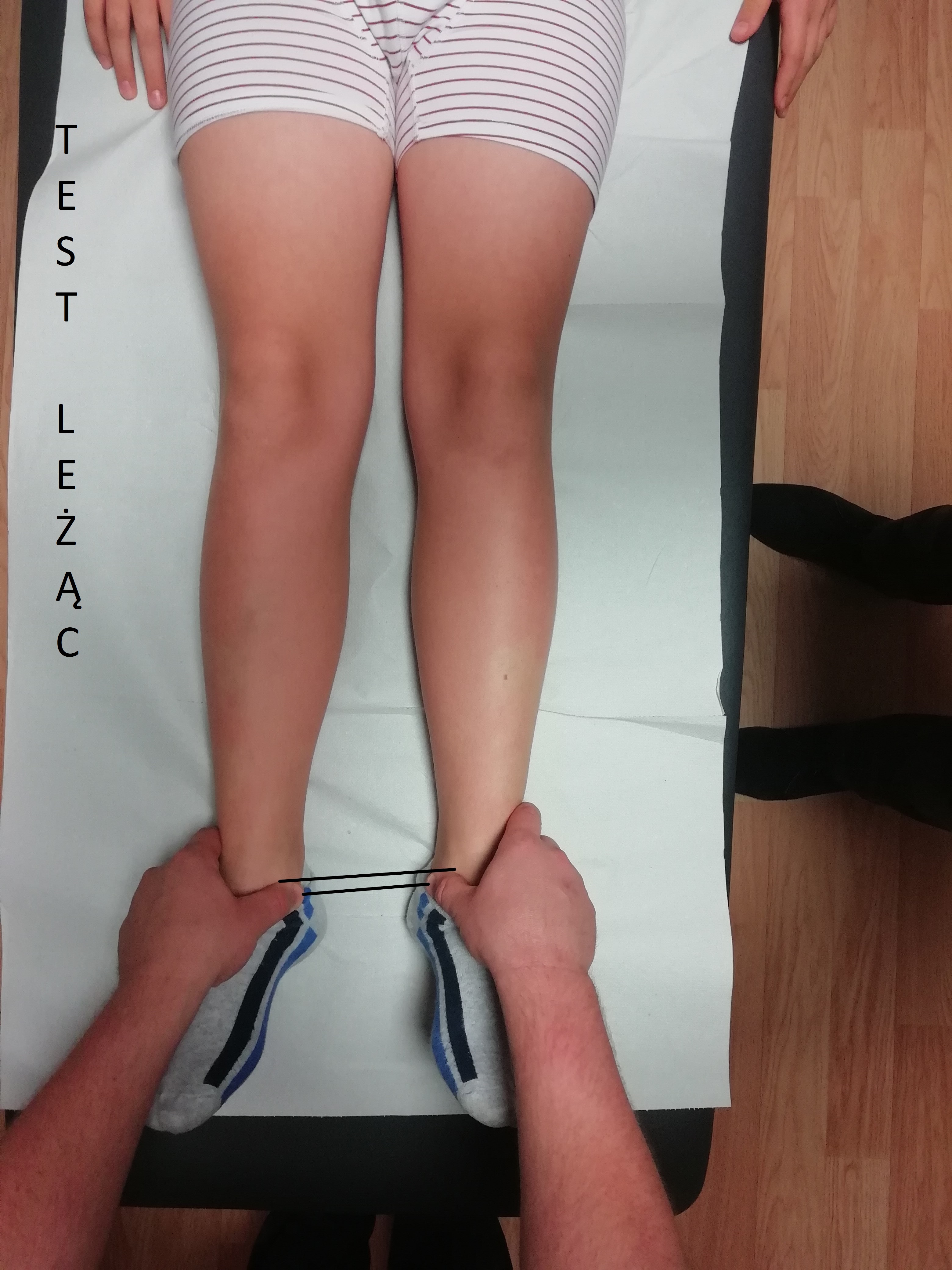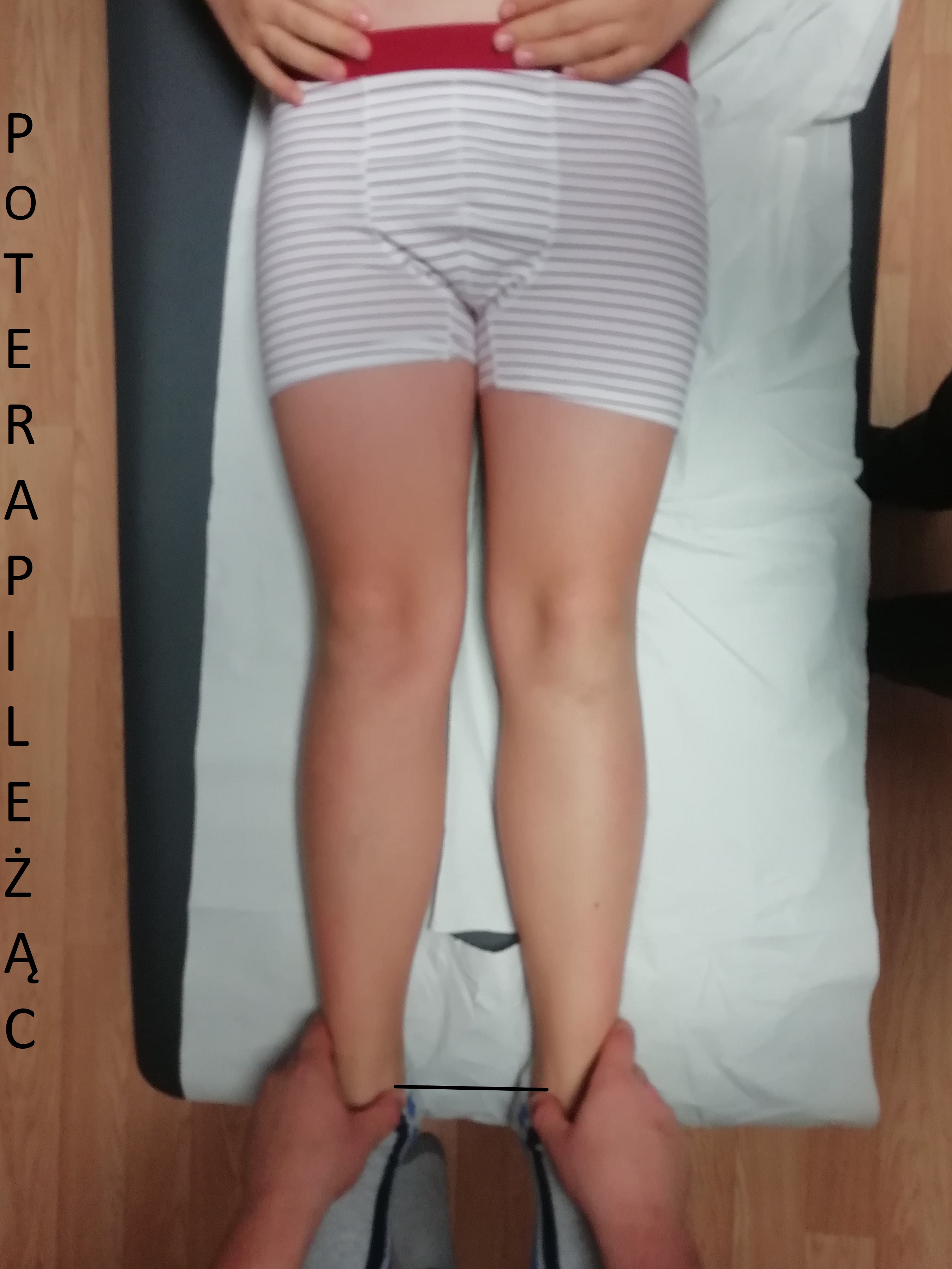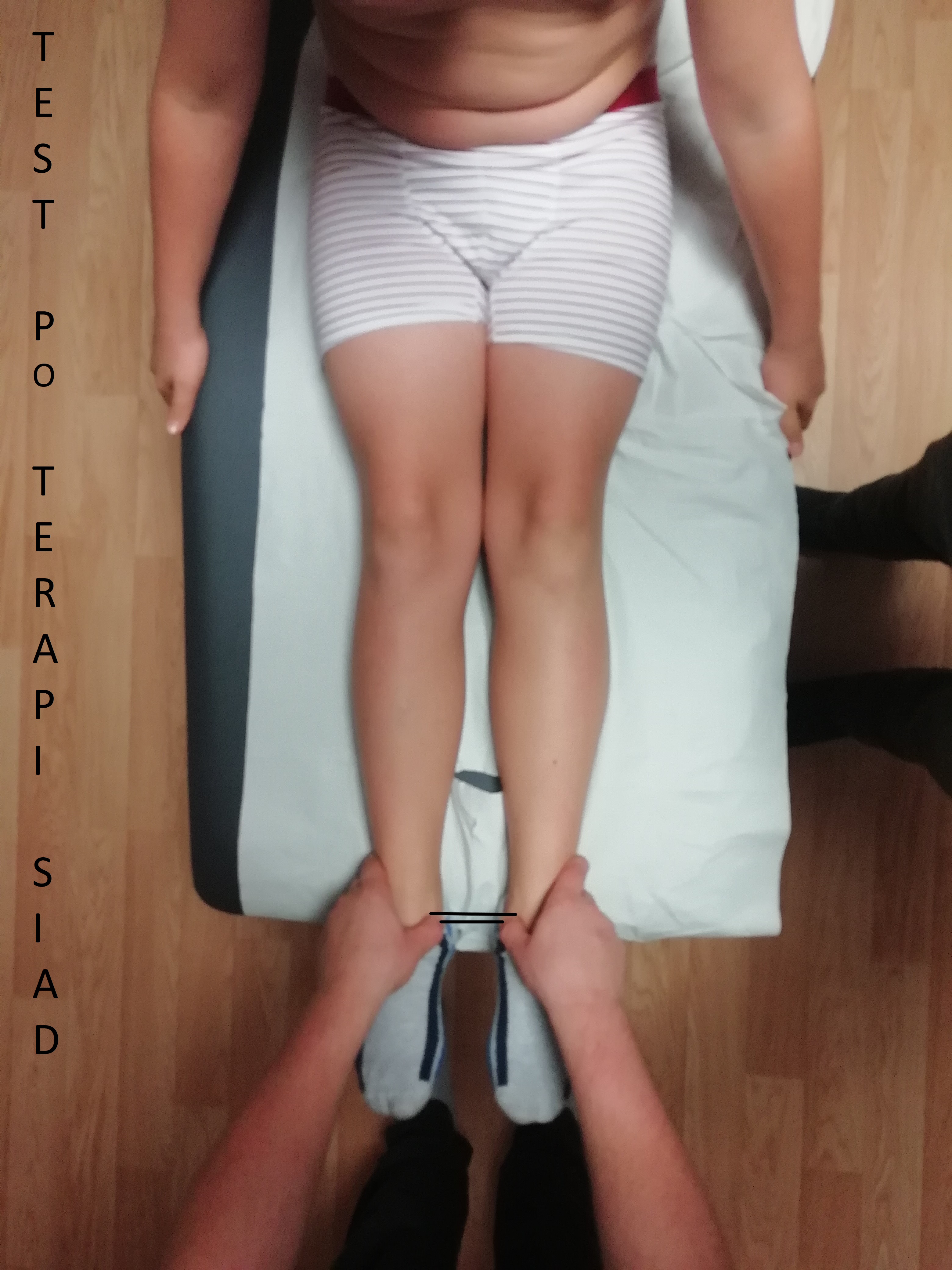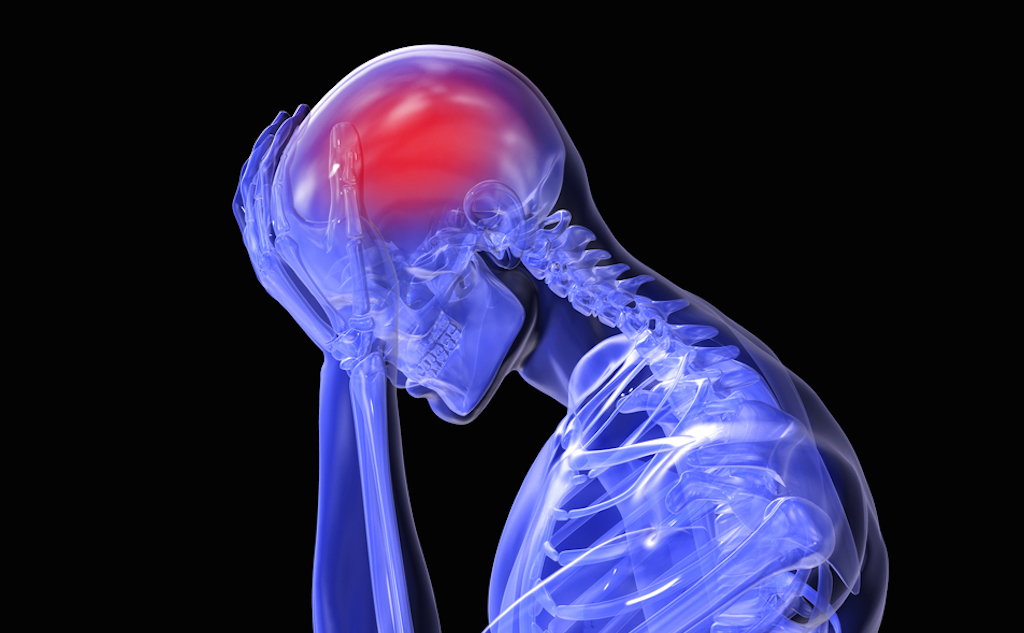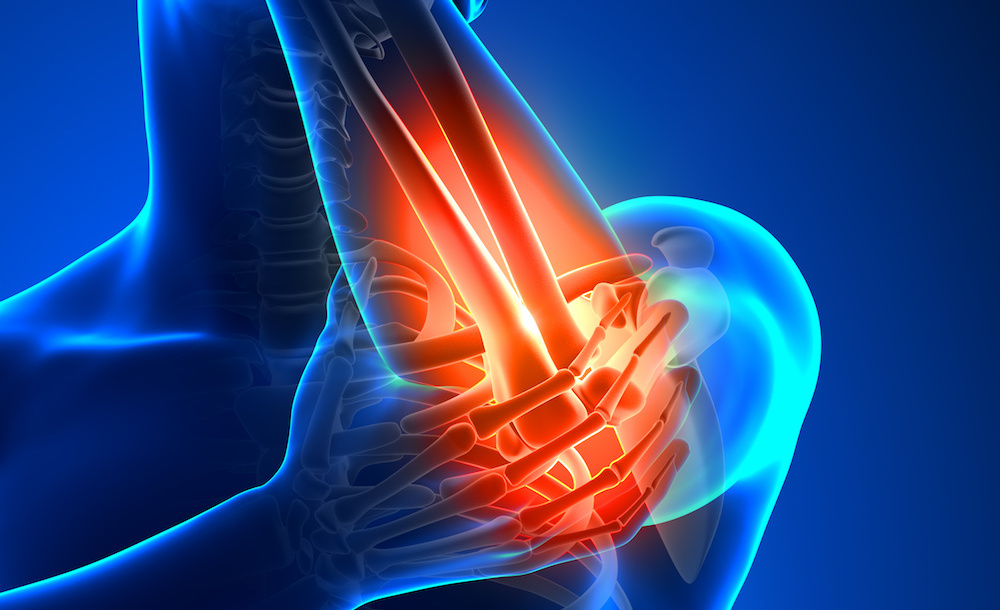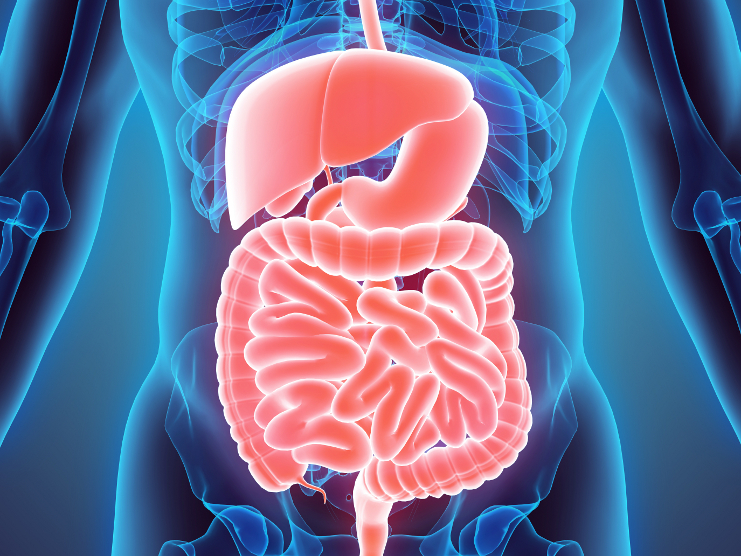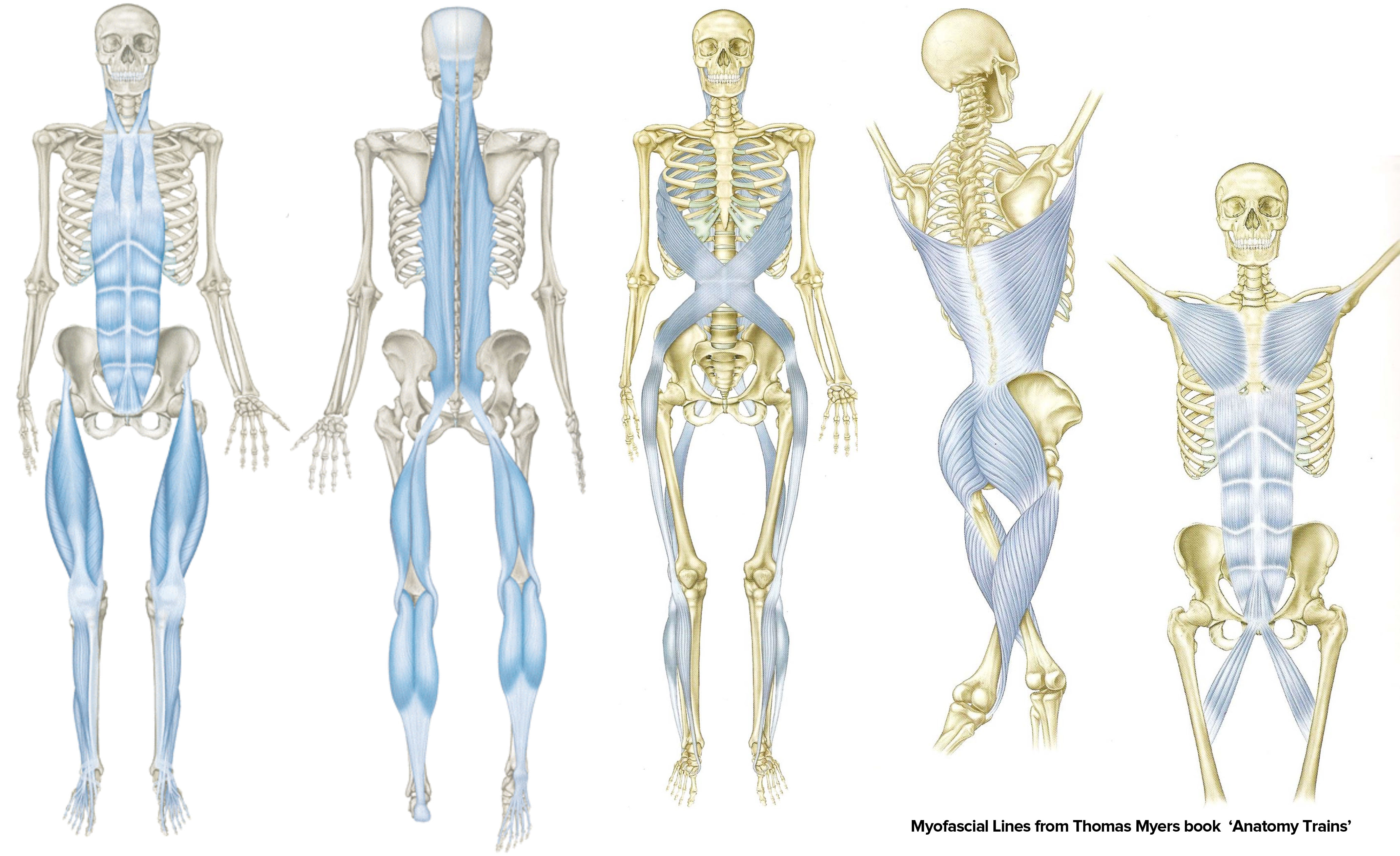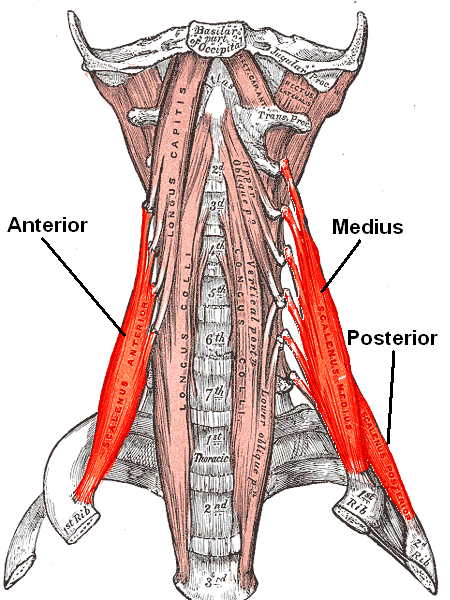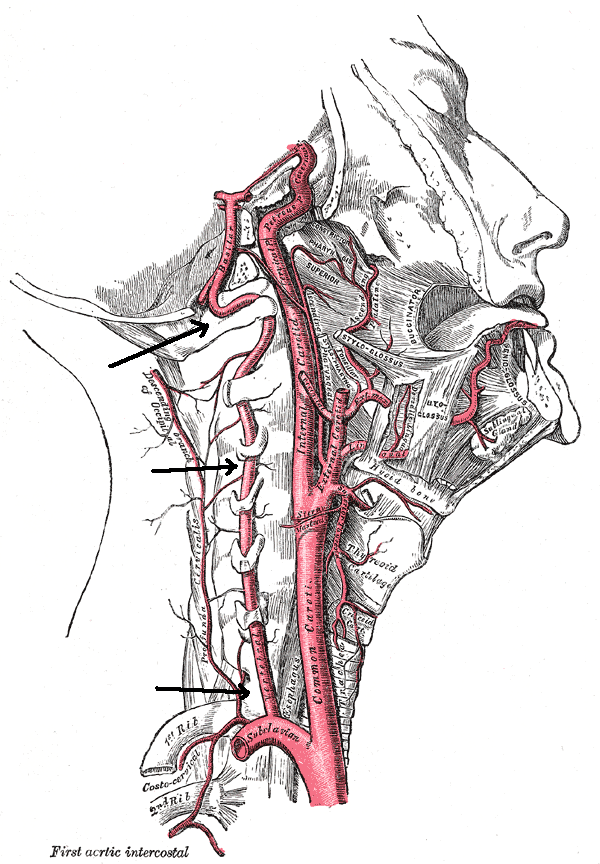Patients who visit us quite often hear from their doctors and therapists that one of their legs is shorter, which results in uneven weight distribution in one of the feet. Basically, that’s all that they hear. (However, if the problem lies strictly in platypodia, and not in differences in limbs length, the orthotics as a completion of the therapy can come in handy).
Usually, the shorter leg is also discovered during our examination, but with one major difference. Whereas, we state that it’s just part of who they are, others may prescribe wearing the orthotics.
It’s an interesting course of action, because it is highly unlikely that the leg shrank while taking a cold shower, it’s not like the patient left part of it at home, or lost it on the way.
Therefore, if the leg isn’t shorter as a result of difference in bones length, then it means that some mechanism in our body must have failed. This mechanism needs to be identified and repaired. What can orthotics do? Give temporary relief, but in the long run it will worsen the problem.
If the problem was developed throughout life, then it is a result of impaired biomechanics, more specifically impaired musculo-fascio-visceral chains, and not of not wearing the orthotics.
Musculo-fascio-visceral chain is a combination, or rather interdependence of the movement between a muscle, fasciae, and an internal organ.
For example: fascial tension of the right leg’s adductor muscles causes pelvic blockage in one position. Pelvis contracts the iliopsoas muscle, which in turn affects the slide of the right kidney. This leads to the contraction of the liver which causes the diaphragm contraction. From there, linea alba will be contracted, and then pectoralis major muscle which have impact on the tension in sternocleidomastoid muscle resulting in contractions in the temple and aural channel areas, which may lead to migraines, tinnitus, neck and ear ache.
Unfortunately, now we have to enter the fantasy world as the major part of medical environment, including physiotherapists, treat musculo-fasio-visceral chains as if they were a fantasy. They don’t believe that they exists, but all they have to do is take a look into an anatomy book.
Slide and quality of the fascia have a defining influence on the behaviour of the muscle and the organ that it is located in. Musculo-fascio-visceral chains also determine how the body behaves in motion and at rest.
It means that every human organism uses the same connections for specific activities.
For example, while running, the proper movement of the foot cannot take place without the proper movement of the organ, head and hand. Therefore, all muscles and internal organs which take part in this motion create a musculo-fascio-visceral chain, meaning that every disturbance in this connection will have its impact on the whole mechanism.
The best way to present this notion is an example of a musculo-fascio-visceral chain therapy based on an original conception of CRH team.
Pelvis calibration was achieved, which gradually evens out the angles of knees and feet. Thighs and shins has been unrotated and the lower limbs length has practically levelled out. There’s still a lot of work ahead of us, but the current effects are more than satisfying.
